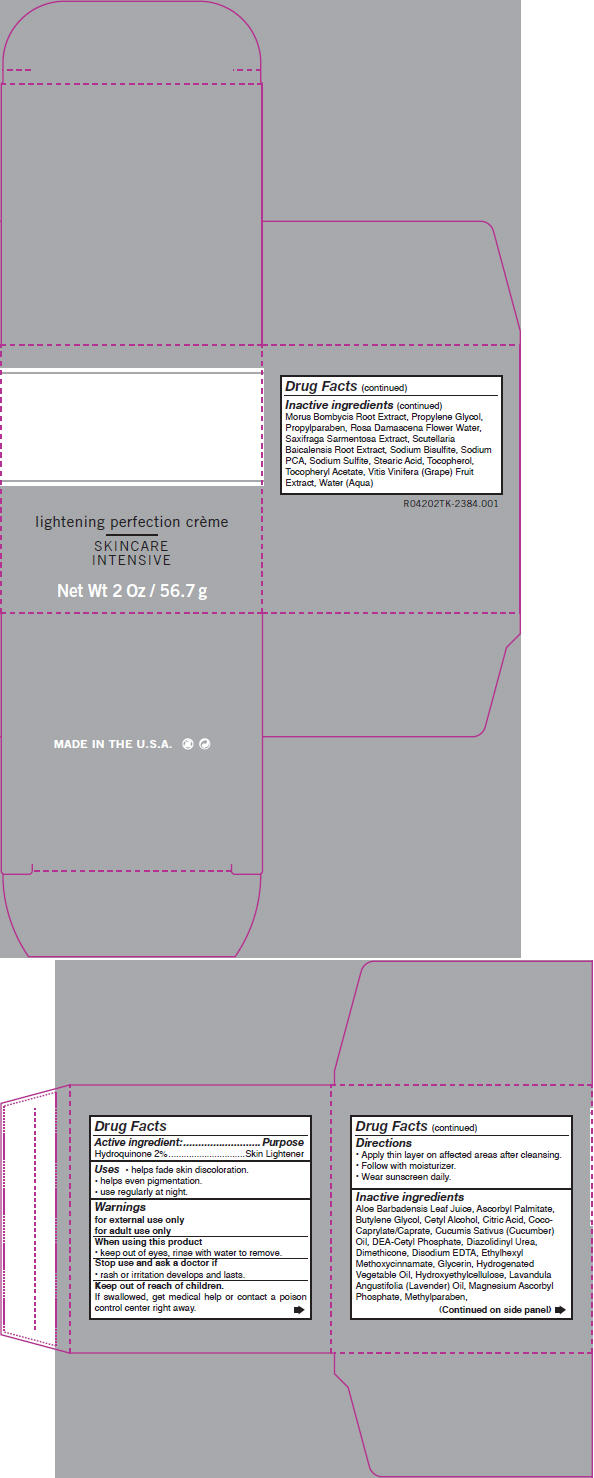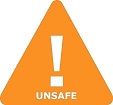Advanced Lightning | Octinoxate And Hydroquinone Cream while Breastfeeding

What is Advanced Lightning | Octinoxate And Hydroquinone Cream used for?
Brief: Skin Lightener
Is Advanced Lightning | Octinoxate And Hydroquinone Cream safe to use while breastfeeding? Can it interfere with growth and development of my kid?

Advanced Lightning | Octinoxate And Hydroquinone Cream Breastfeeding Analsys
Hydroquinone while Breastfeeding
Low RiskCAS Number: 123-31-9
Benzene derivative which is topically used with creams and solutions (2-4%) as a bleaching agent for several skin disorders associated to hyper-pigmentation. In industry it is used as photographic developer. TLV or threshold limit value which means maximum exposure limit for workers is 2 mg / m3 (Flickinger 1976). At latest update relevant published data were not found on excretion into breast milk. It is well absorbed through the skin, both when used as a therapeutic agent (Bucks 1998, Wester 1998, Westerhof 2005, Andersen 2010, Bozzo 2011) or industrial use (Barber 1995, McGregor 2007), however, a significant excretion into breastmilk is not likely for their lack of fat solubility. There is controversy and doubt about a possible mutagenic and carcinogenic effect (Kooyers 2004, FDA 2006, Levitt 2007, Andersen 2010), so it does not seem wise a chronic or continued use while breastfeeding. Do not apply it on the breast to prevent ingestion by the infant; otherwise, do it just after a meal and clean the nipple thoroughly with water before the next feed.Do not apply it over large areas or on long-term treatments to avoid an excessive systemic absorption.
Advanced Lightning | Octinoxate And Hydroquinone Cream Breastfeeding Analsys - 2
Hydroquinone while Breastfeeding
CAS Number: 123-31-9
Topical hydroquinone has not been studied during breastfeeding. Hydroquinone is not contraindicated during breastfeeding and if hydroquinone is required by the mother, it is not a reason to discontinue breastfeeding. However, some experts feel that long-term use of hydroquinone is difficult to justify in a nursing mother.[1] If hydroquinone is used, ensure that the infant's skin does not come into direct contact with the areas of maternal skin that have been treated and the infant does not ingest the product from the mother's skin.
Advanced Lightning | Octinoxate And Hydroquinone Cream Breastfeeding Analsys - 3
Octinoxate and Breastfeeding
UnsafeOctinoxate (Octylmethoxycinnamate) has been detected in human urine, blood and breast milk and is known for moderate risk of skin allergy. Some studies suggest that Octinoxate has estrogen like effects however less than 1% skin penetration has been found in human laboratory studies. As not much study has been done on effects of Octinoxate during breast feeding its recommended to use safe alternatives.
Octyl Methoxycinnamate (OMC) is a frequently used UV-filter in sunscreens and other cosmetics. Octinoxate can be systemically absorbed after skin application, being found in the deeper layers of the stratum corneum as well as urine, plasma, and breast milk. The mean maximum plasma concentration detected after application of 2mg/cm2 sunscreen was 7ng/mL in women and 16ng/mL in men. FDA study found blood levels 13 times above cutoff for systemic exposure.
Several studies indicated that OMC acts as an endocrine disruptor due to the ability to interfere with endocrine system at different levels. In humans OMC exposure has minor, but statistically significant effects on the levels of testosterone and estradiol. Moreover, some studies suggested that OMC can interact with the hypothalamo-pituitary-thyroid (HPT) axis.
Moreover, a study of offspring of dams treated with OMC (500�1000 mg/kg/day) showed sex-dependent behavioral changes, namely decreased motor activity in females, but not in males, and improved spatial learning in males, suggesting that OMC can affect neuronal development, however the doses used in these experiments were extremely high, not relevant to possible human exposure.
Note: Study and data for tropical use onlyWarning: High dosage shall be avoided as reproductive system, thyroid and behavioral alterations in animal studies has been found, Tropical usage in breast area shall be avoided to prevent the OCTINOXATE passing orally in Infants.
What if I already have used Advanced Lightning | Octinoxate And Hydroquinone Cream?
If you observer abnormal behavior or any other health issue in infant then you should immediately call 911 or contact other contact other emergency service provider in your area otherwise closely monitor the baby and inform your doctor about your Advanced Lightning | Octinoxate And Hydroquinone Cream usage and time interval of breastfeeding.
My health care provider has asked me to use Advanced Lightning | Octinoxate And Hydroquinone Cream, what to do?
If your doctor knows that you are breastfeeding mother and still prescribes Advanced Lightning | Octinoxate And Hydroquinone Cream then there must be good reason for that as Advanced Lightning | Octinoxate And Hydroquinone Cream is considered unsafe, It usually happens when doctor finds that overall advantage of taking
If I am using Advanced Lightning | Octinoxate And Hydroquinone Cream, will my baby need extra monitoring?
Yes, Extra monitoring is required if mother is using Advanced Lightning | Octinoxate And Hydroquinone Cream and breastfeeding as it is considered unsafe for baby.
Who can I talk to if I have questions about usage of Advanced Lightning | Octinoxate And Hydroquinone Cream in breastfeeding?
US
National Womens Health and Breastfeeding Helpline: 800-994-9662 (TDD 888-220-5446) 9 a.m. and 6 p.m. ET, Monday through Friday
UK
National Breastfeeding Helpline: 0300-100-0212 9.30am to 9.30pm, daily
Association of Breastfeeding Mothers: 0300-330-5453
La Leche League: 0345-120-2918
The Breastfeeding Network supporter line in Bengali and Sylheti: 0300-456-2421
National Childbirth Trust (NCT): 0300-330-0700
Australia
National Breastfeeding Helpline: 1800-686-268 24 hours a day, 7 days a week
Canada
Telehealth Ontario for breastfeeding: 1-866-797-0000 24 hours a day, 7 days a week
